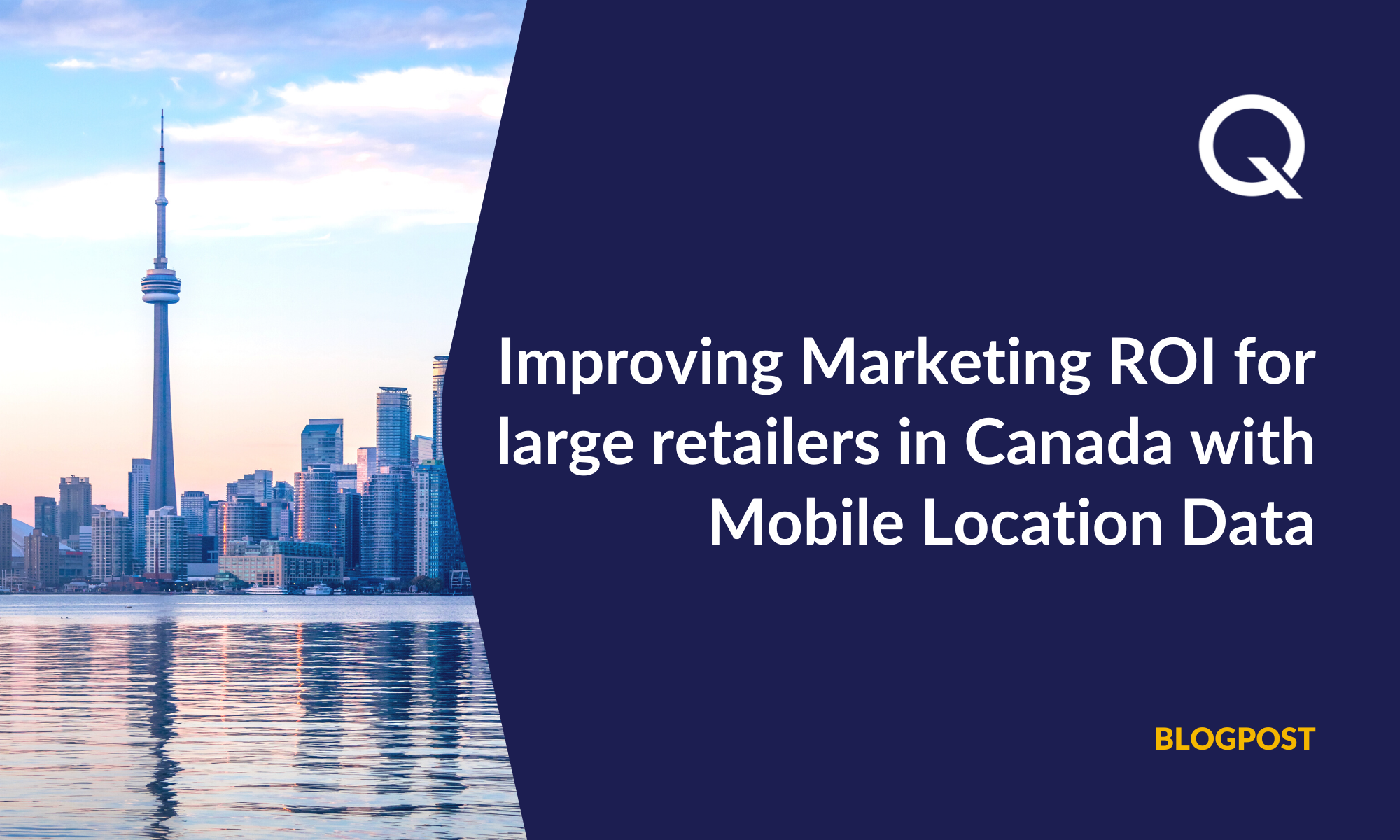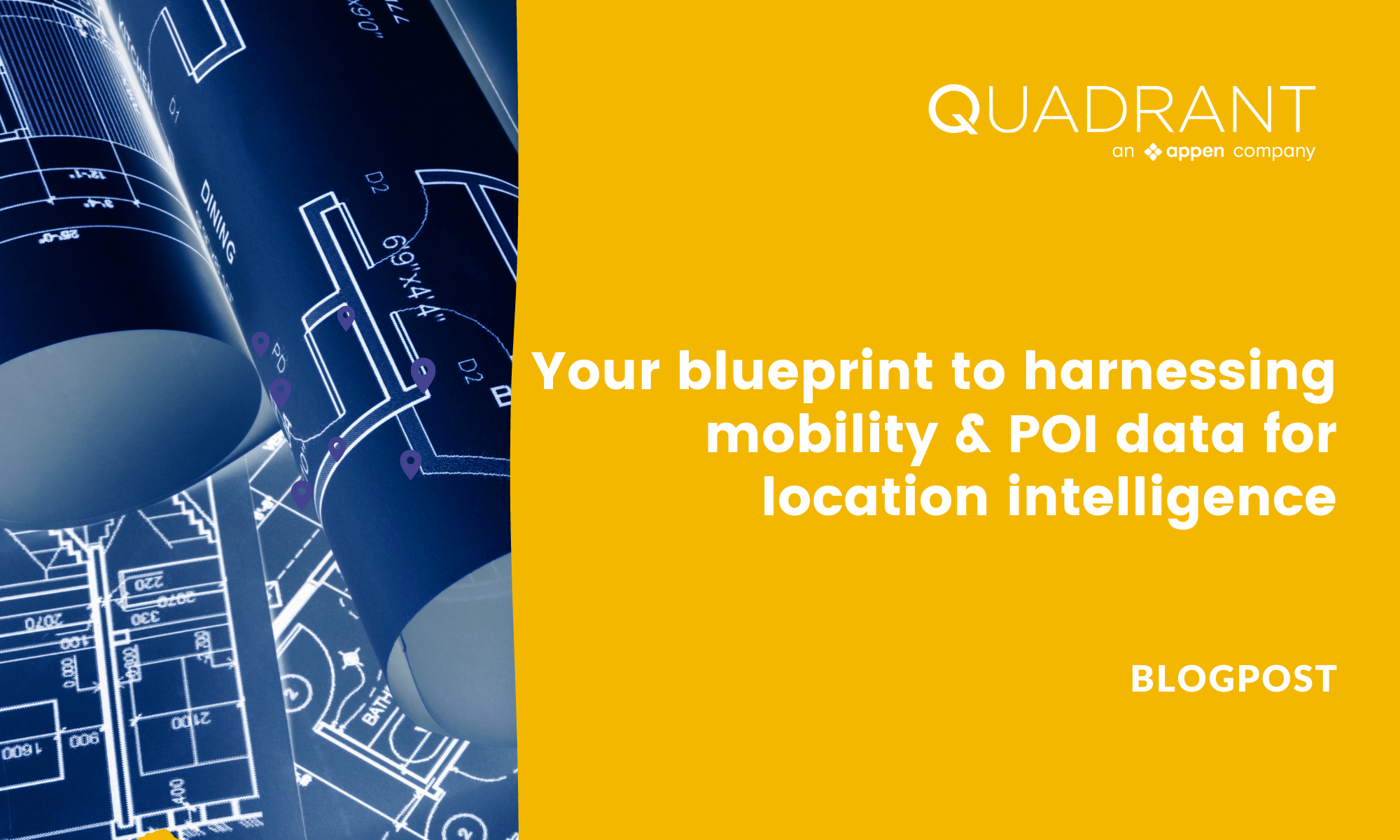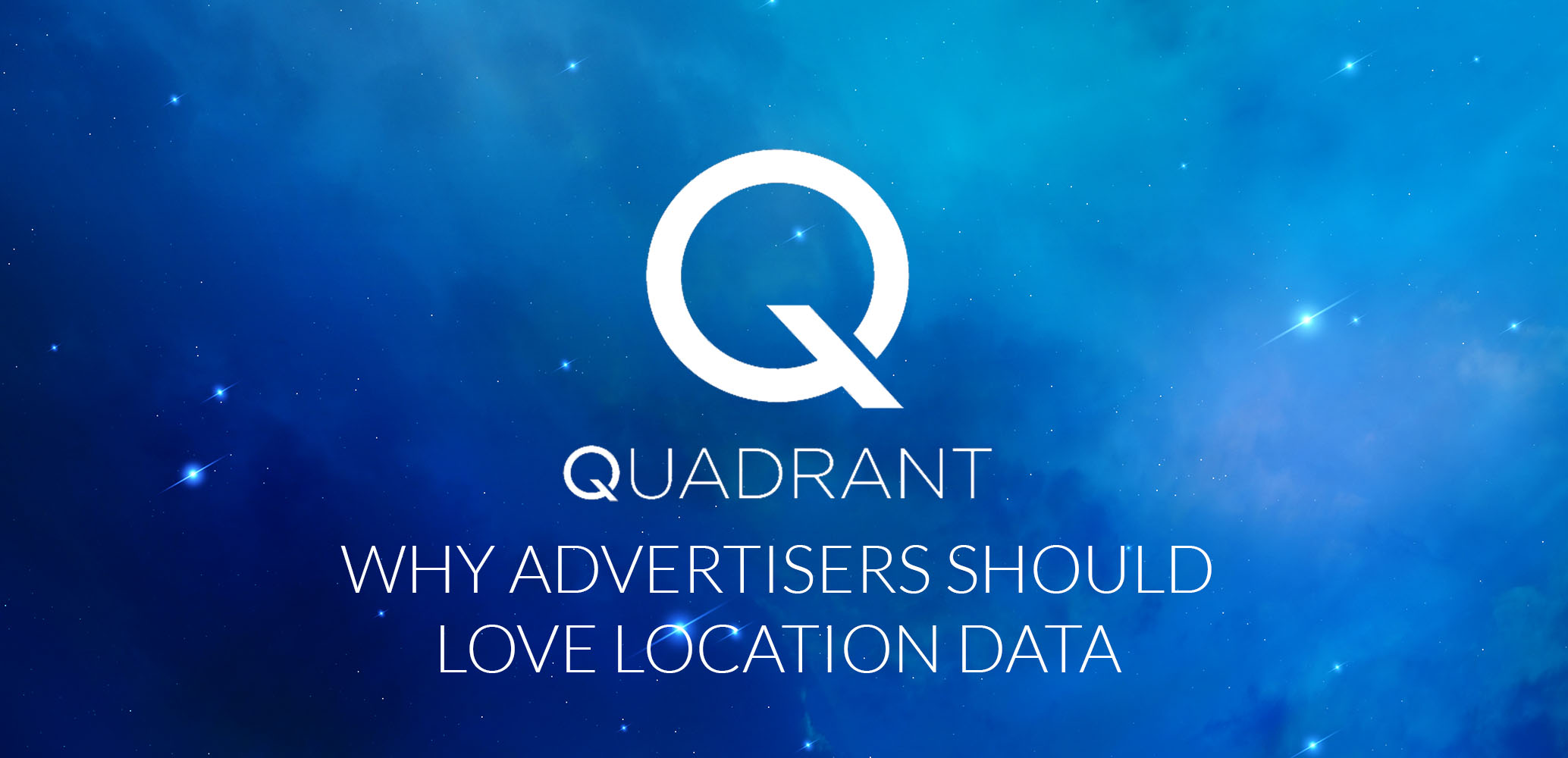Latest Updates
Lorem ipsum dolor sit amet consectetur adipiscing elit tortor eu egestas morbi sem vulputate etiam facilisis pellentesque.

Press Release: Quorum Partnership
Quadrant, the platform that maps and authenticates data making it easier to buy and sell quality,...

Case Study: Reaching Consumers In Motion with Accuracy and Scalability
Quadrant is working with Quorum Outdoor, U.S. based data-driven solutions provider focused on the...






